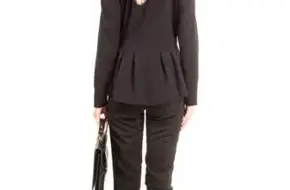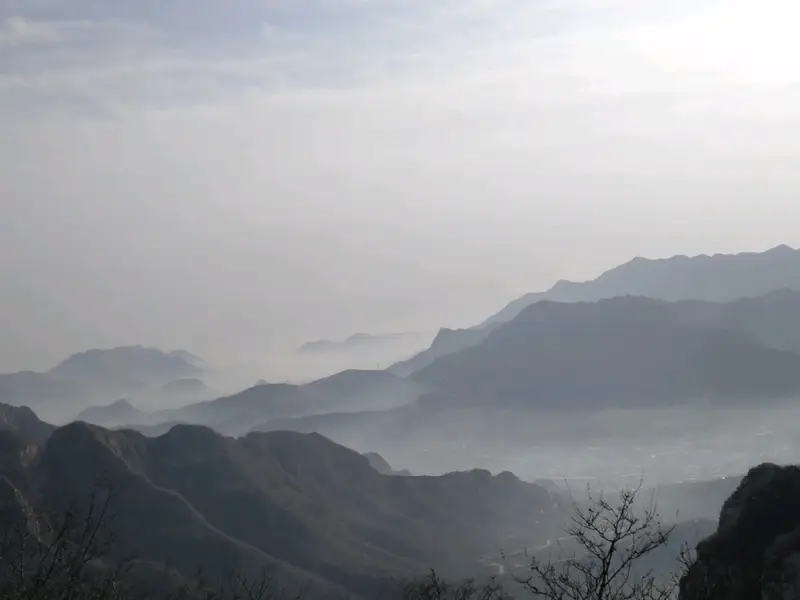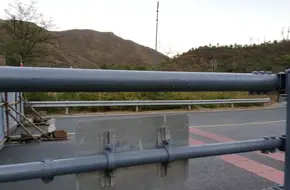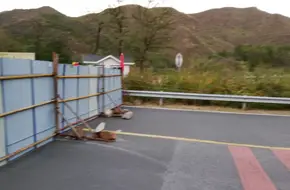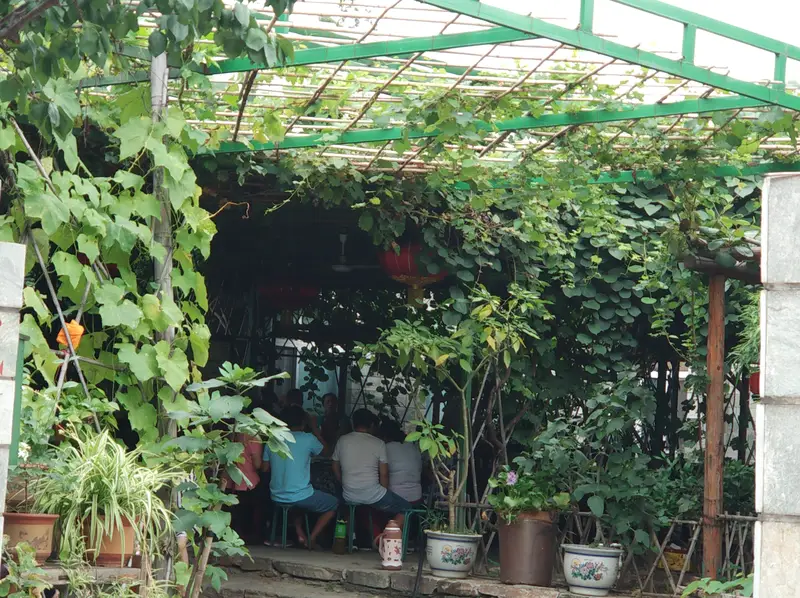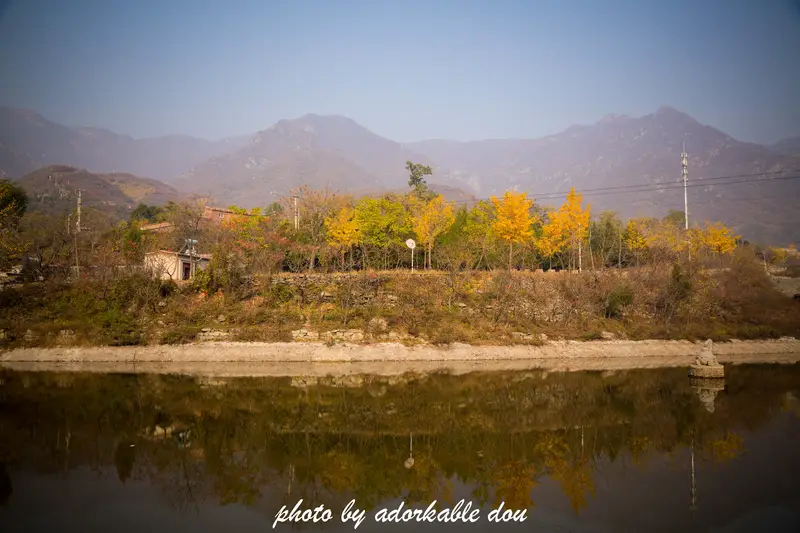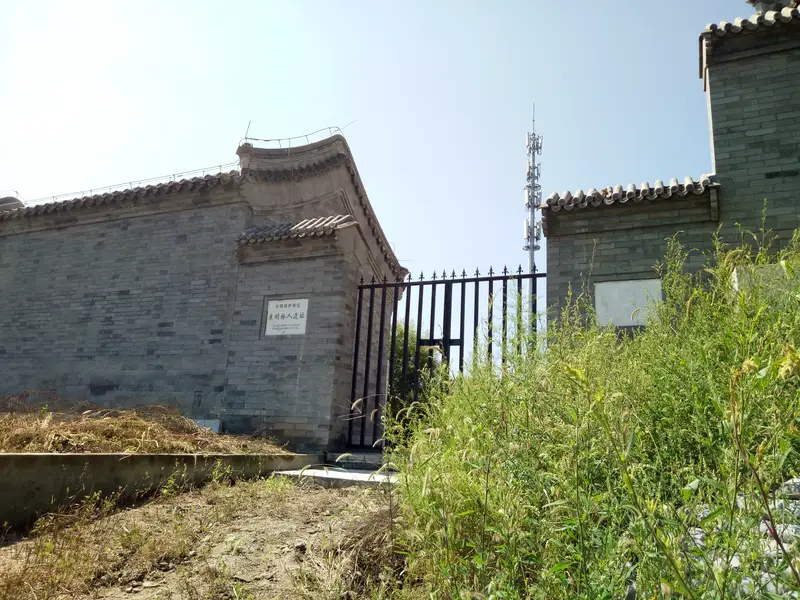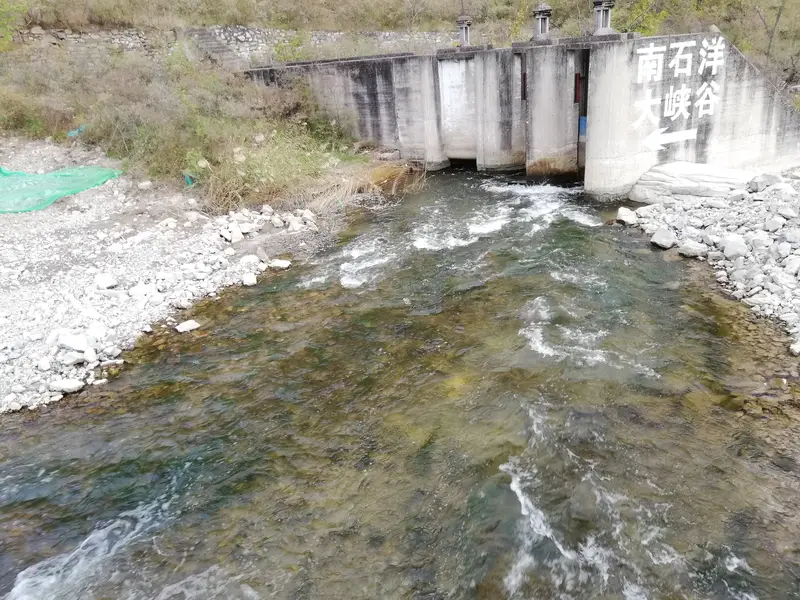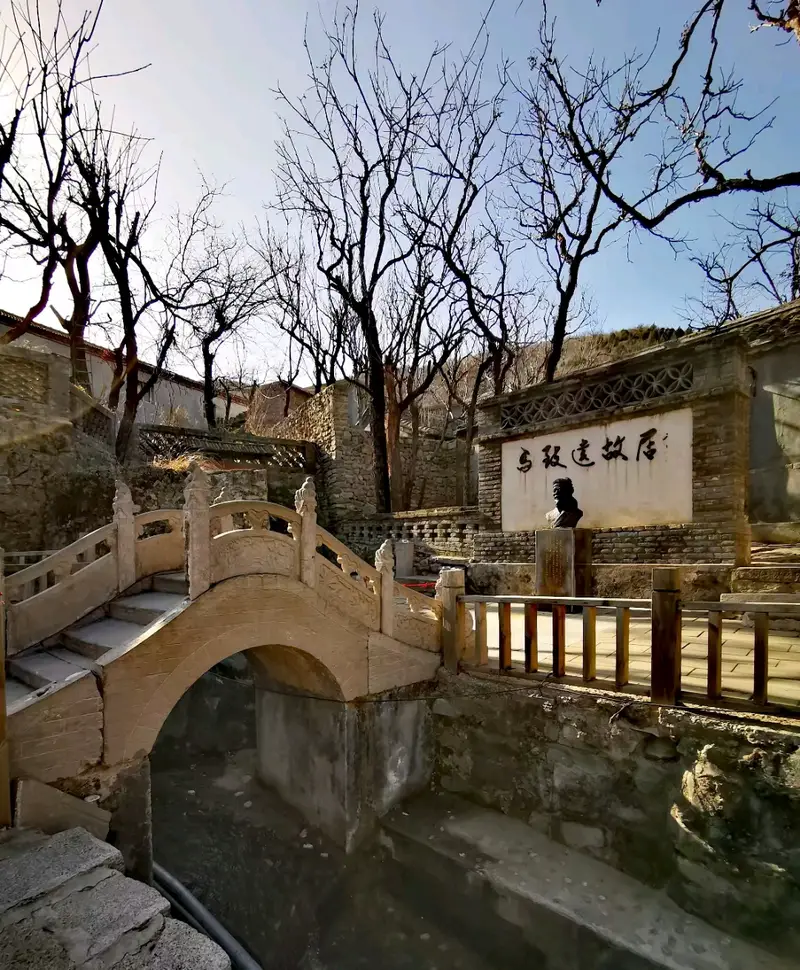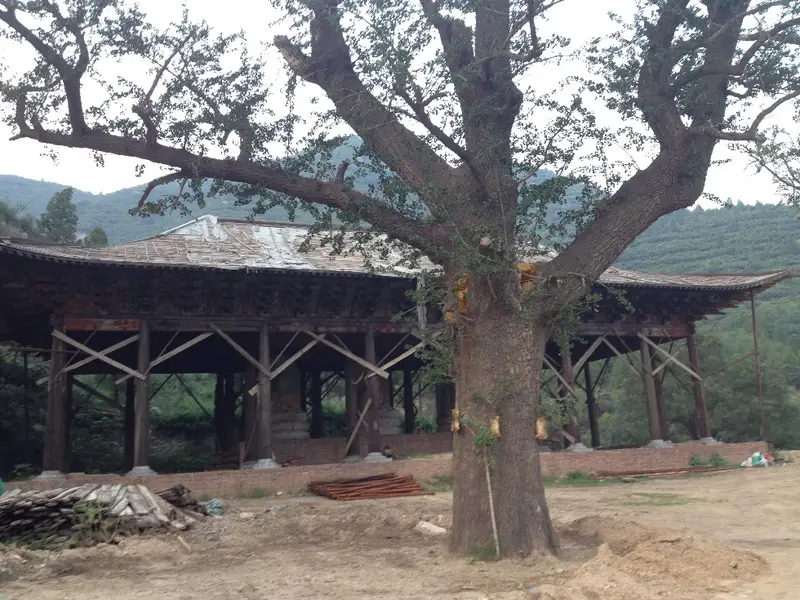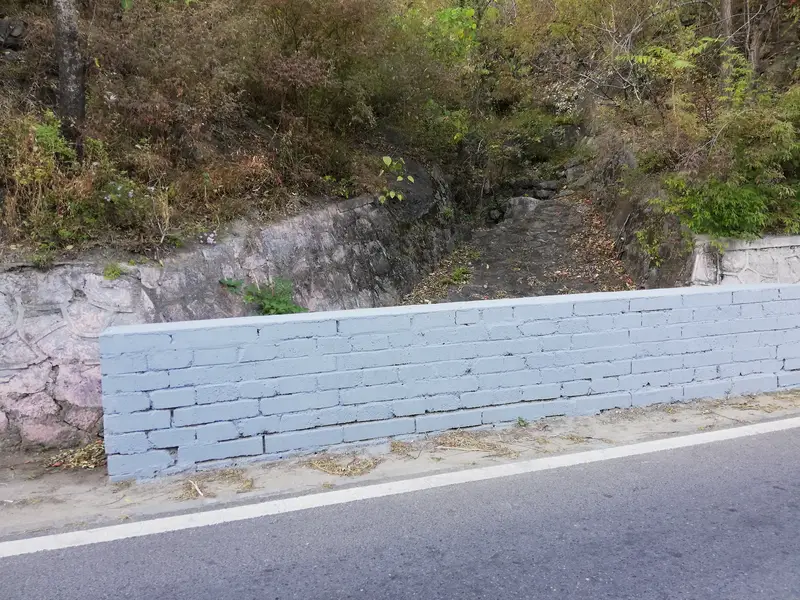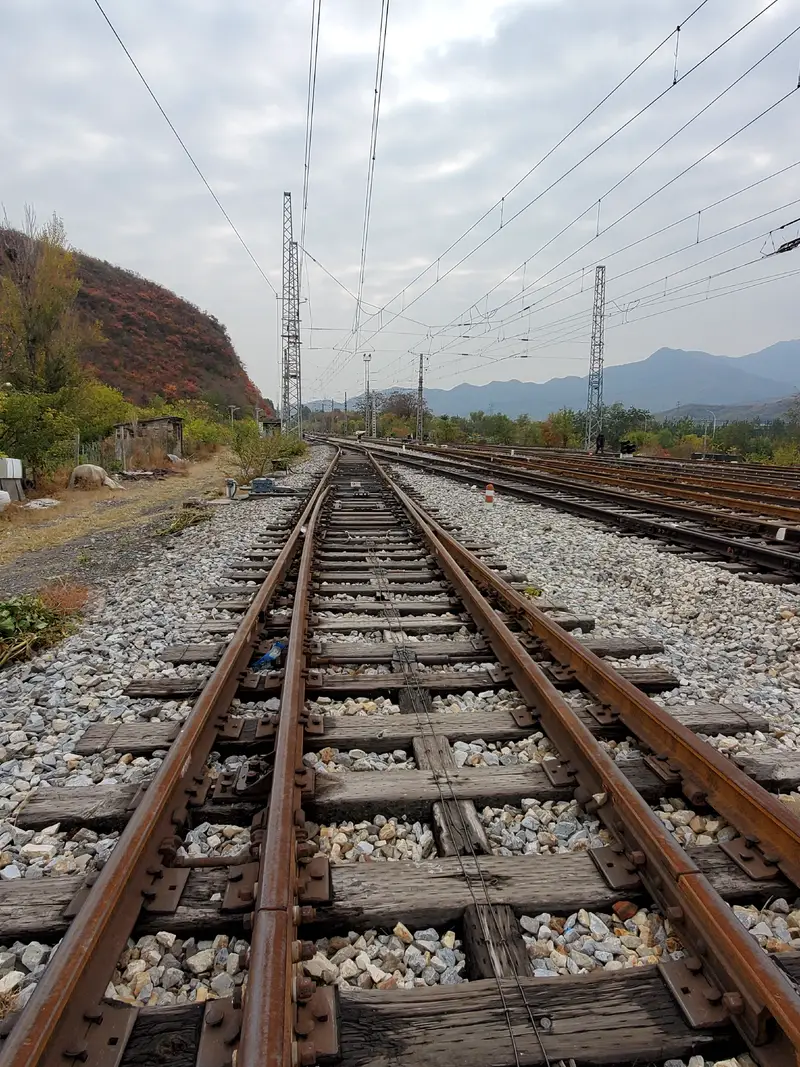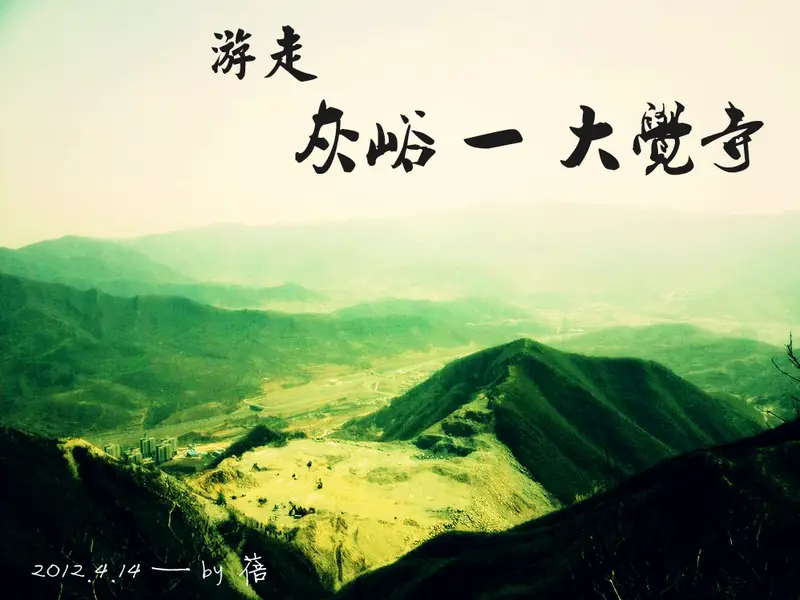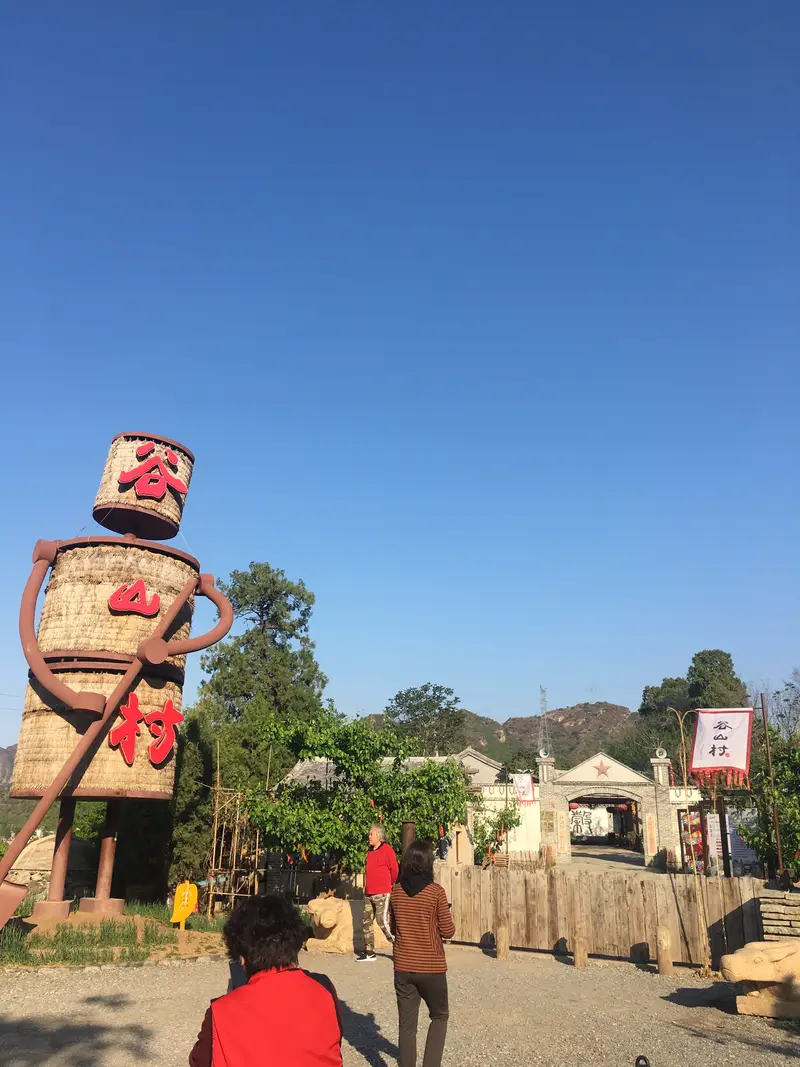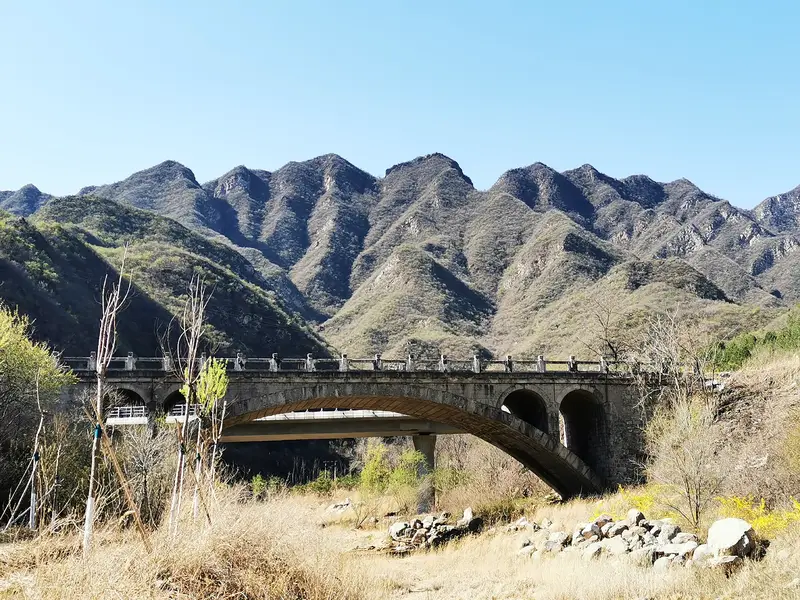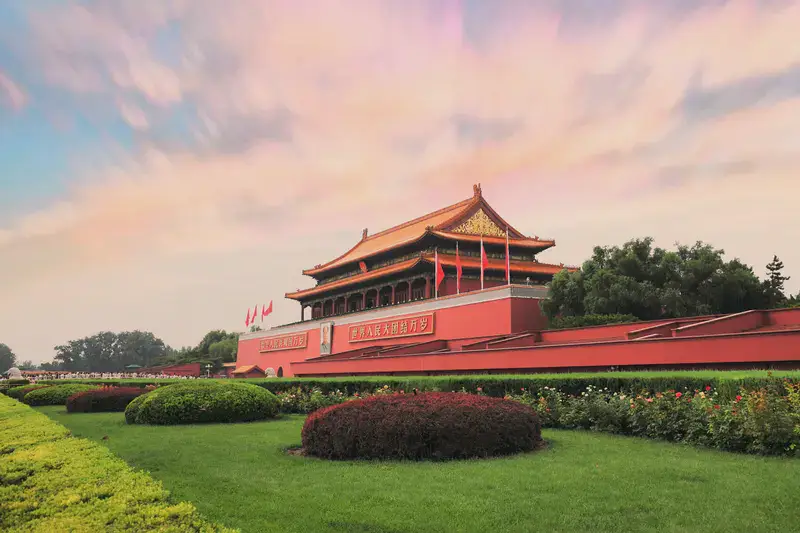Hidden History in the Hills: Mentougou's Ancient Carving
Geographical Location
Nestled in the hilly outskirts of Beijing lies Mentougou Eastern Wei Dynasty Wuding Third Year Stone Inscription, a relic tucked away in the northwestern slopes of Hebei Village, Wangping Town, Mentougou District. To reach this spot, imagine leaving behind the city’s hustle and climbing into a quieter, greener world—perfect for history buffs or anyone craving a mix of nature and culture.
How to Get There
This gem isn’t on every tourist’s radar, which is part of its charm. If you’re coming from downtown Beijing, drive west toward Mentougou (about 1.5–2 hours) and ask locals for directions to Hebei Village. The last stretch involves a short hike up a slope, so wear comfy shoes! Public transport is trickier here—take the subway to Apple Garden Station, then switch to a local bus or taxi. Pro tip: Many visitors rent bikes in Mentougou District for a scenic ride to the site.
Natural Scenery
The setting is straight out of a painting. The carving sits on a huge greenish-gray rock overlooking the dried-up riverbed of the old Yongding River. In spring, wildflowers dot the hills, and autumn paints the leaves fiery red. Even in summer, the shaded slopes feel cooler than downtown, with breezes rustling through trees. It’s a great spot for photos—you’ll want to capture the contrast between the ancient stone and rolling hills.
Historical Vibes
Now, the main event: the stone inscription itself. Dating back to 545 AD (the third year of the Wuding era in the Eastern Wei Dynasty), it’s carved with text that matches historical records, proving tales from books actually happened here. Standing before it, you can almost hear echoes of soldiers or travelers who passed centuries ago. Nearby, faint rammed-earth wall foundations hint at long-gone structures, adding mystery. Though time has eroded details, these traces whisper: “A whole world once thrived here.”
What to See Around
Beyond the carving, wander the slopes to spot more relics. Locals say fragments of old walls and tools occasionally surface after rains. For a deeper dive, visit the nearby Mentougou Museum (ask villagers for directions) to learn about the area’s role in trade and military defense during the Northern Wei and Tang dynasties.
Practical Tips
- Accessibility: The path to the carving is rocky but manageable. Elderly visitors might need a helping hand.
- Facilities: Bring water and snacks—there are no shops nearby. A small rest area with benches sits under trees near the carving.
- Best Time: Visit on a clear day for epic views. Morning light illuminates the carving beautifully, while sunsets cast a golden glow over the hills.
The Experience
Standing at Mentougou Eastern Wei Dynasty Wuding Third Year Stone Inscription, you’re not just sightseeing—you’re connecting with Beijing’s layered past. Unlike the crowded Great Wall or Forbidden City, this spot offers quiet reflection. Whether you’re into history, hiking, or photo ops, it’s a rewarding escape. Just remember: Go early to avoid afternoon crowds (yes, even here!), and chat with locals—they might share legends not written in guidebooks.
Key words repeated naturally:
- Mentougou Eastern Wei Dynasty Wuding Third Year Stone Inscription (7 times)
- Carving/inscription (3 times)
- Slopes/hills (2 times)
- Historical records/relics (2 times)

